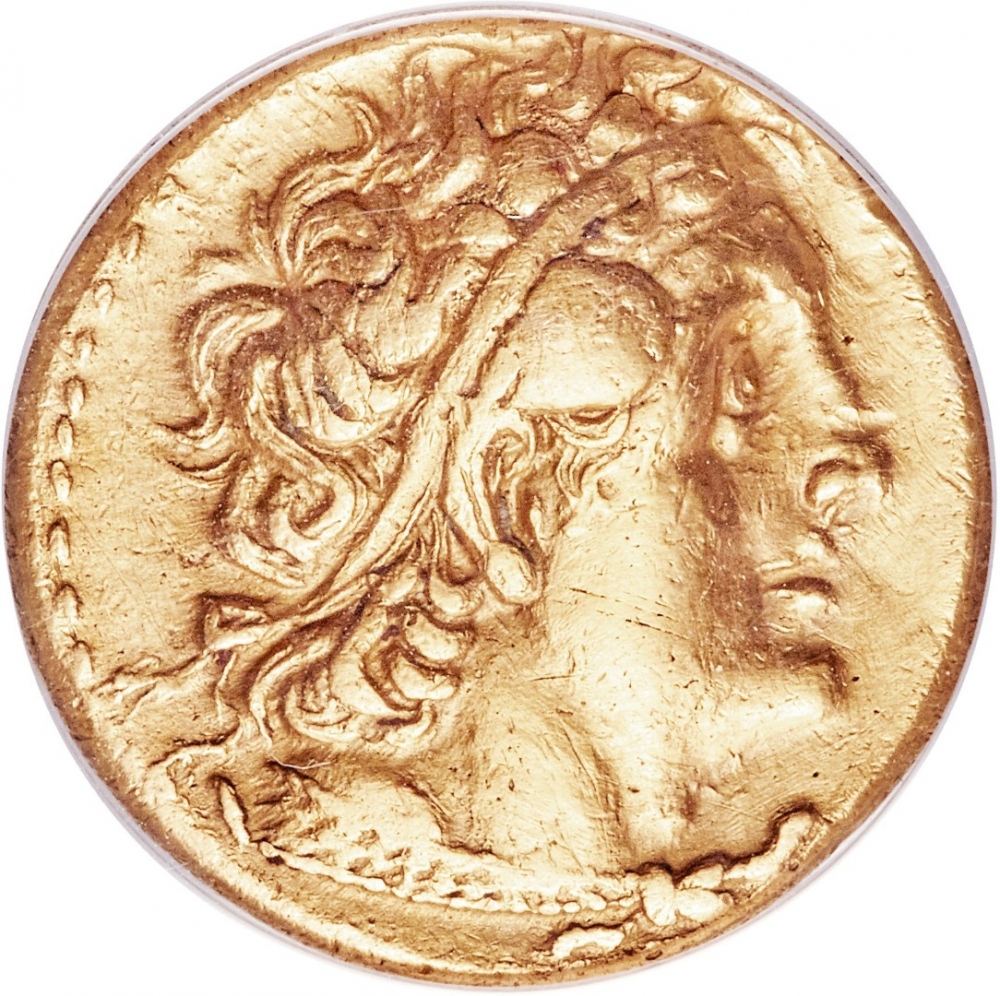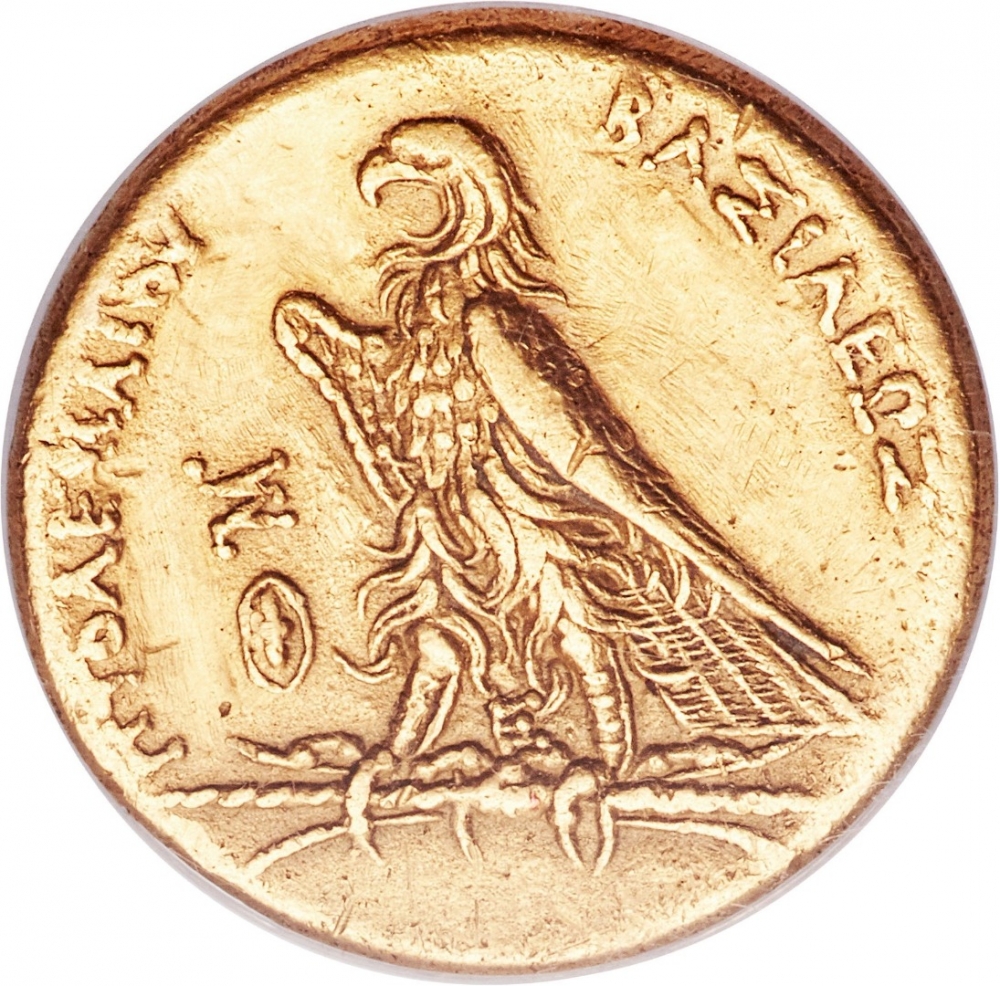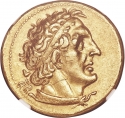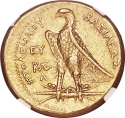You are about to finish your registration. Please check your mailbox (including spam folder). There should be a letter with a confirmation link. Check setting to make sure that your e-mail address is correct.
Send letter againDescription
The Ptolemaic Kingdom was an Ancient Greek state based in Egypt during the Hellenistic Period. It was founded in 305 BC by Ptolemy I Soter, a companion of Alexander the Great, and lasted until the death of Cleopatra VII in 30 BC. Ruling for nearly three centuries, the Ptolemies were the longest and most recent Egyptian dynasty of ancient origin.
Ptolemy II Philadelphus ("Ptolemy, sibling-lover"; 309–246 BC), also known posthumously as Ptolemy the Great, was the pharaoh of Ptolemaic Egypt from 284 to 246 BC. He was the son of Ptolemy I, the Macedonian Greek general of Alexander the Great who founded the Ptolemaic Kingdom after the death of Alexander, and Queen Berenice I, originally from Macedon in northern Greece.
The Trichryson, a gold piece of about 24 mm and 17.8 grams (the approximate size and weight of an Attic silver Tetradrachm), was first introduced by Ptolemy I shortly after he assumed the title of Basileus (king) in 305 BC. The Alexandria Mint employed the best engravers in the production of its gold coinage and the quality of portraiture is typically outstanding. The production of gold Trichrysons continued under Ptolemy II Philadelphus, with the added feature of a regnal date added between the eagle's legs. Circa 270 BC it was replaced by an even larger gold coin, the Mnaieion, worth 100 silver Drachms.
Obverse

|
Depicts diademed head of Ptolemy I right, aegis tied around the neck; dotted border. |
|---|---|
Reverse

|
Depicts an eagle standing left on a thunderbolt, wings closed; Σ above Galatian shield in left field, control mark E between eagle's legs, dotted border. ΠTOΛEMAIOY-BAΣIΛEΩΣ |
| Edge |



